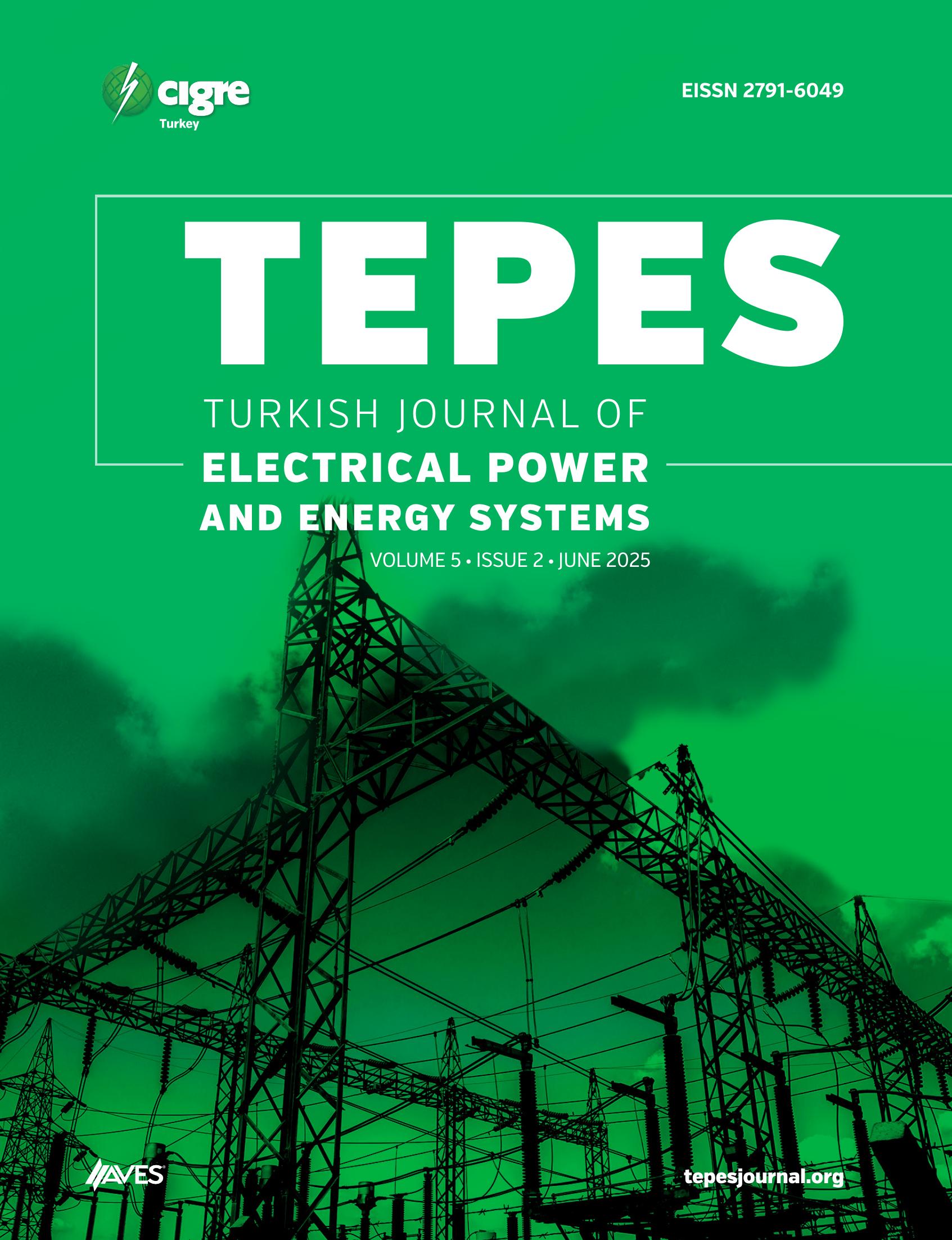The increasing importance of batteries across diverse sectors, spanning from consumer electronics to electric vehicles, underscores the critical necessity for precise battery models. This review delineates four primary categories of battery models: empirical, equivalent circuit, data-driven, and physics-based models. Empirical models like the Nernst and Shepherd models offer simplicity but lack precision. Equivalent circuit models strike a balance between simplicity and accuracy, albeit with validation constraints. Data-driven methods leverage machine learning to predict battery performance accurately but require high-quality datasets. Physics-based models integrate fundamental electrochemical processes for detailed understanding, albeit with heightened computational complexity. Comparative analyses, with a focus on lithium-ion batteries, reveal trade-offs between computational efficiency and accuracy. The Single Particle Model and its extension single particle model with electrolyte dynamics emerge as efficient options, with single particle model with electrolyte dynamics showing promising accuracy akin to Single Particle Model. Additionally, comparisons across different battery chemistries unveil varying levels of modeling precision. This article compares different electrochemical modeling techniques across chemistries to discern optimal methods. The electrochemical model, which is one of the battery modeling techniques, has been examined and investigated in detail in this study and has contributed to the literature on how the model with which chemistry works with which electrochemical model. In addition, this study contributed to the existing lithium ferro-phosphate chemistry modeling with optimization technique in pybamm. The synthesis offers insights into diverse modeling methodologies and their implications for battery research and development, guiding future investigations toward more tailored modeling strategies for specific applications.
Cite this article as: H. Yavuz, A. Akyildiz and M. O. Gulbahce, “A comprehensive review of physics-based battery models and comparing different physicsbased models for various chemistries,” Turk J Electr Power Energy Syst., 2024; 4(2), 108-117.








